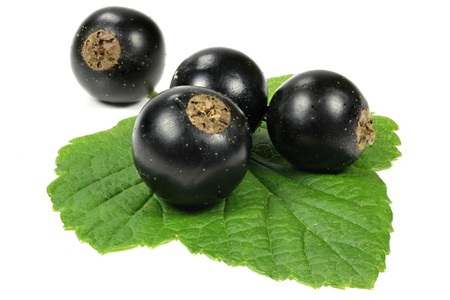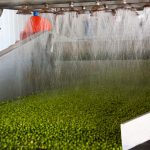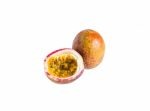
One of my interests has always been enzymic reactions in fruit because they either help or hinder processing, quality and storage of fruit juices. I’ve been looking recently at whether there was any evidence of polyphenol oxidase (PPO) or peroxidase (POX) activity in blackcurrant fruit or its juice because it does brown with time. Of course, there are a number of other reactions taking place such as non-enzymic browning and ascorbic acid degradation which can be controlled partially by addition of sulphur dioxide in the form of sodium metabisulphite. Evidence for enzymic browning – not so sure !
Browning Enzymes
The PPO and POX enzymes are well known in other fruits and quite extensive studies have been conducted on them to understand mechanisms etc. (Mayer and Harel, 1979; Mayer, 1987). When it comes to finding evidence for enzymic browning in blackcurrant juice, there appears to be nothing too recent in the literature. In the 1920’s, Onslow at the Biochemical Lab., University of Cambridge reported peroxidase activity in blackcurrant fruit but curiously this could not “be extracted by water from the tissue residue but behaves as if adsorbed to the residue”. The observation was made because a water extract did not produce a positive assay for PPO/POX. A notable problem with all coloured fruit juices is that the anthocyanin pigments mask colour reactions critical in a variety of assays. She found only a positive reaction with benzidine + H2O2. This particular test produces a blue precipitate which might be extremely difficult to detect given the purple colour of the juice.
It is quite feasible that both enzymes would be found in other plant structures such as leaf and bud, and these become incorporated into the juice. Their activity levels though would be extremely low in the processed mash.
In any case, the high temperatures used in processing especially for concentration of the juice are most likely to inactivate both PPO and POX. The issue is also clouded by the fact that pectinase preparations are added to the mash to help release juice, and these may contain trace amounts of mould oxidases too. There might be an issue when more benign treatments are chosen which do not serve to inactivate the enzyme.
References
Mayer, A.M. (1987) Polyphenol oxidases in plants-recent progress. Phytochemistry 26 pp. 1-20
Mayer, A.M., Harel, E. (1979) Review: polyphenol oxidases in plants. Phytochemistry 18 pp. 193-215
Onslow, M.W. (1921) XIII. Oxidising Enzymes. V. Further Observations On The Oxidising Enzymes Of Fruits. Biochem. J. 15 pp. 113-117



Leave a Reply